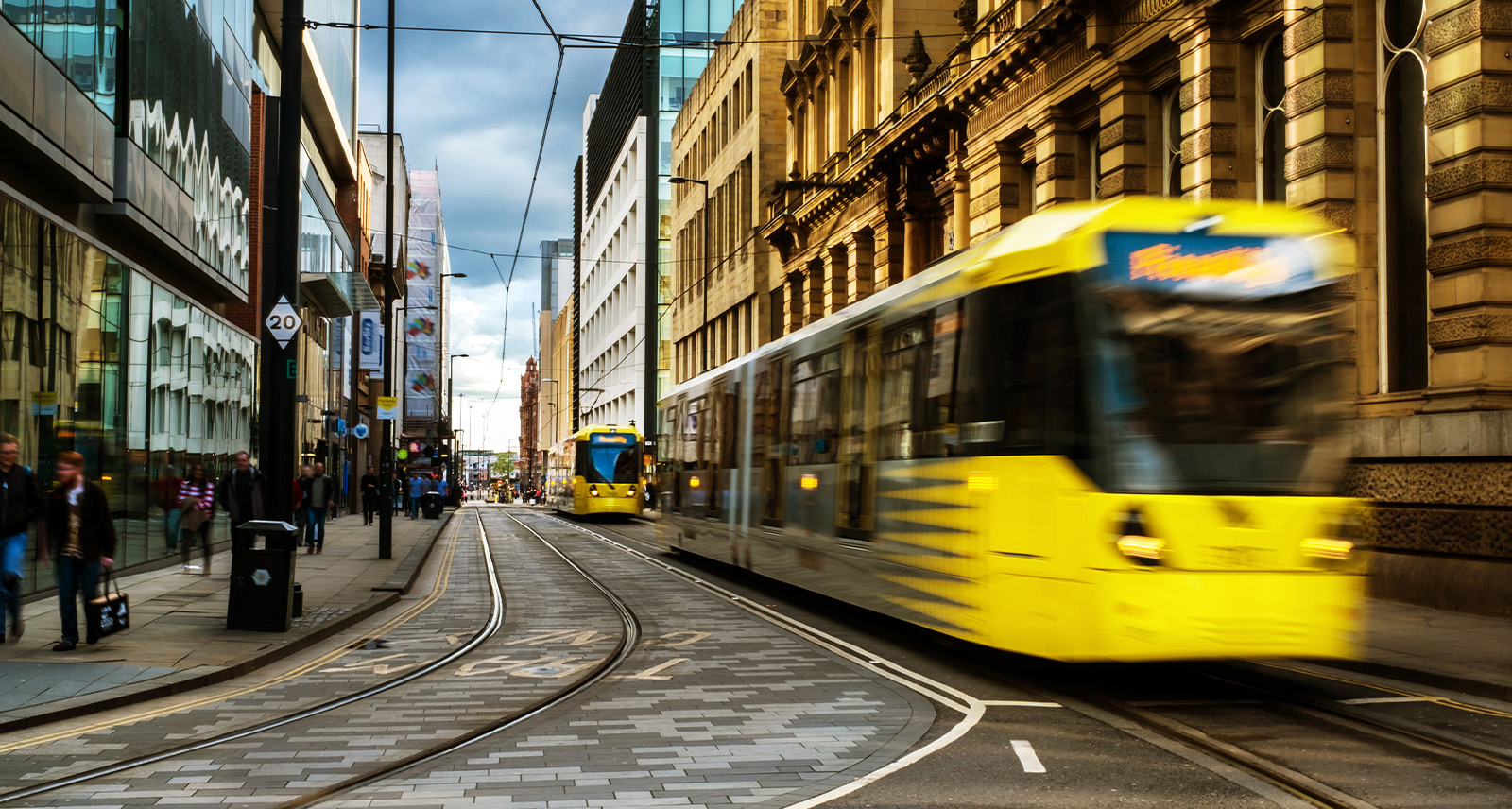Dating back to Roman times, Manchester, England* doesn’t so much contain a character that sets it apart from the rest of the UK. It’s more like characters with an s. Remember the famous tagline from Avis car rental: When you’re number 2, you try harder? That fits for Manchester. When you’ve had your fill of London, go north. Here are four — well, kind of five — interesting ways and reasons to explore this fascinating city.
1. Pop Culture, Especially Music, That Often Outshines London
Since the British Invasion, Manchester’s punched above its weight with such massive names as the Bee Gees and Hollies in the ‘60s; punk gods, the Buzzcocks, and progressive nerds, 10cc, in the ‘70s; through to the Smiths and New Order in the cold-hearted ‘80s; and of course the Verve and every Wordler’s favourite, Oasis, in the ‘90s.
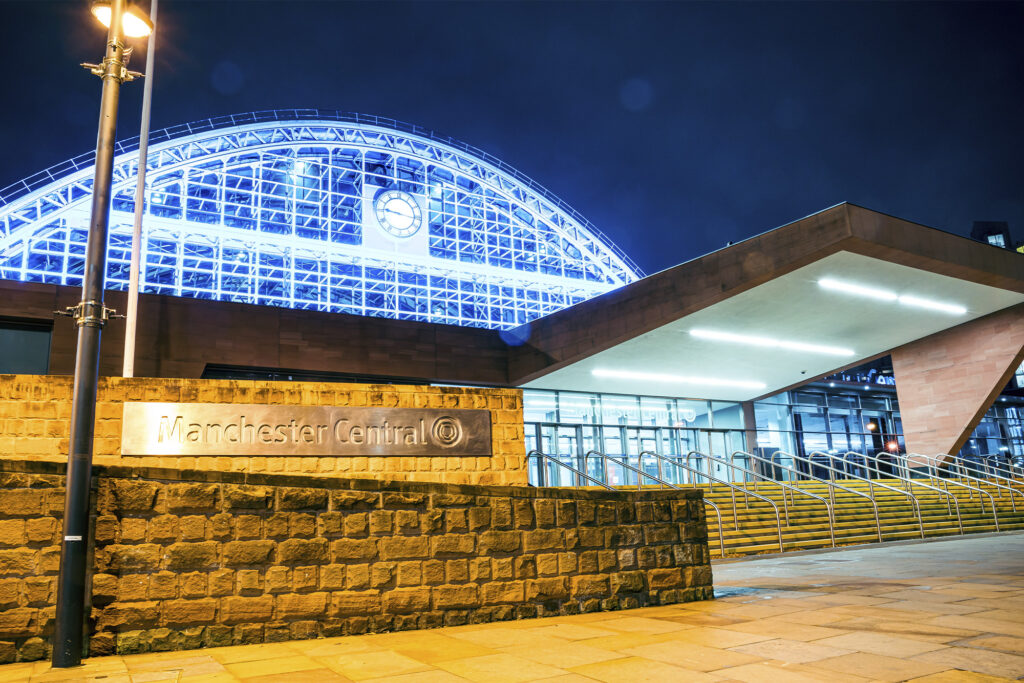
The list goes on and on. You could easily argue that Cool Britannia was mostly Cool Mancunia. (The original Latin for this Roman outpost was Mancunium; its citizens are still called Mancunians.)
As with any large city, you’ll find plenty of dancing to electronic music but there’s still a great respect for live music made by humans here. In an interview with podcaster Justin Richmond last year, legendary Smiths guitarist Johnny Marr explained how Manchester’s scene developed its own centre of gravity by the ‘80s.
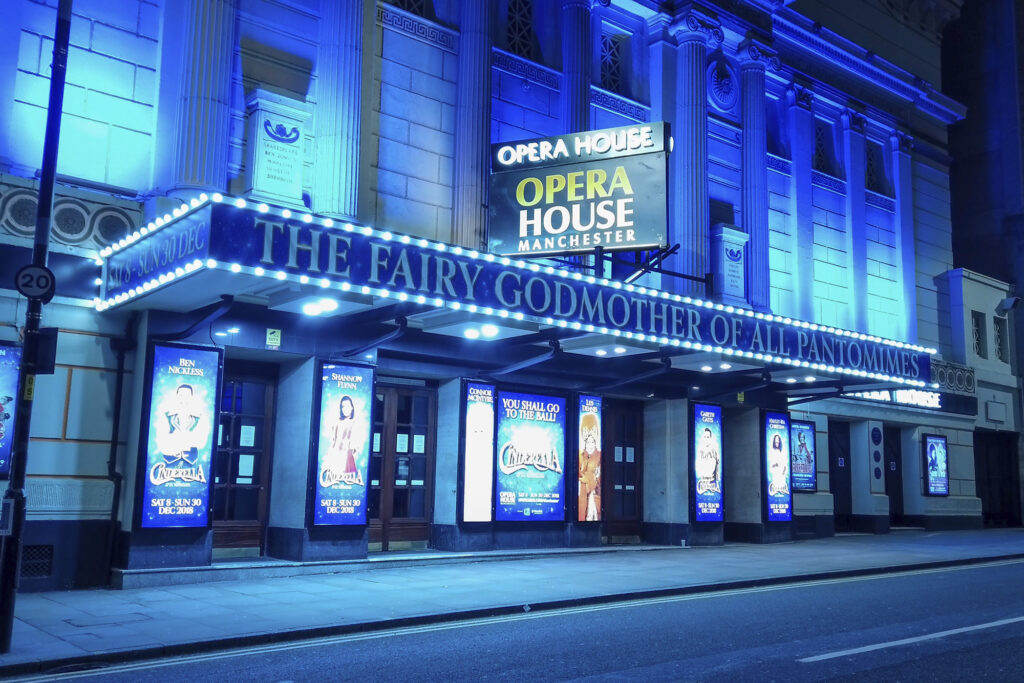
Major international acts could live in their hometown without having to go to London (something they enjoy as much as Montrealers love moving to Toronto).
By the ‘90s, Manchester’s confidence had mushroomed to a swagger. There’s also a wide appreciation for other arts. (See below, regarding Lowry.) A happening live theatre scene will delight you in the evenings if you want to preserve your hearing. And it’s easy to find some of the finest Europe’s classical music in beautiful venues, offspring of an economy that launched and steered the worldwide Industrial Revolution for decades. Which leads to…
2. Architecture & Canals Descended From A Rich History of Trade
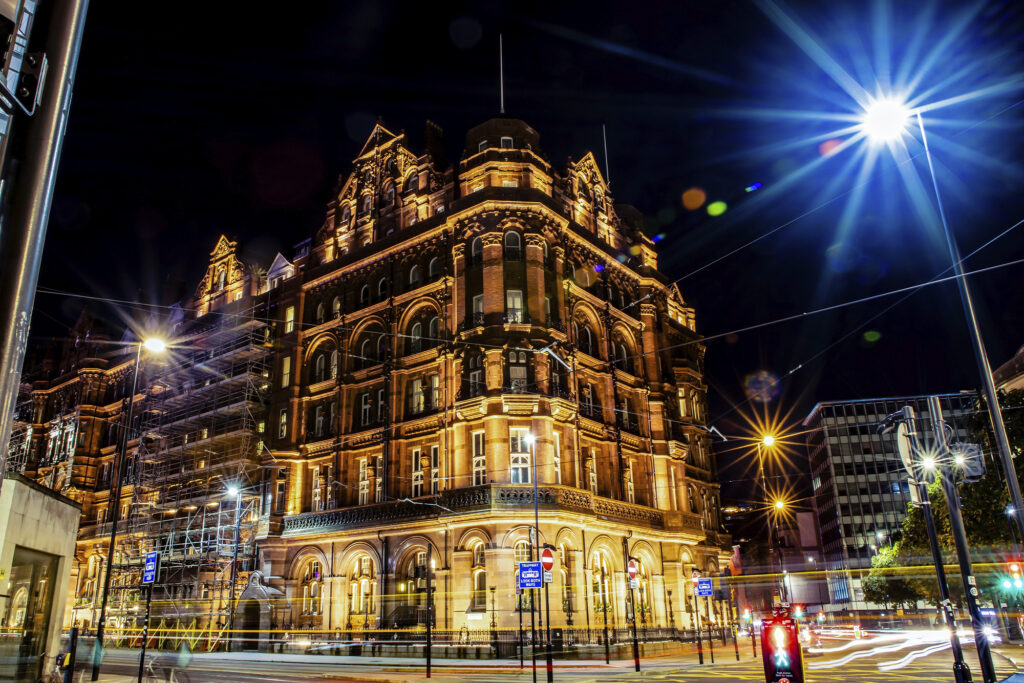
The twin sins of colonialism and slavery made this city very wealthy in Victorian times. Over 100 cotton mills were churning out textiles by 1850, from zero just 70 years before, eclipsing India. Indeed, Manchester earned the nickname Cottonopolis.
Scores of magnificent buildings related to its industries still brazenly show off the trappings of bloated wealth floating into and through town. Viewing them is a joy. Despite originally being a Roman settlement, Manchester is not built on a grid.
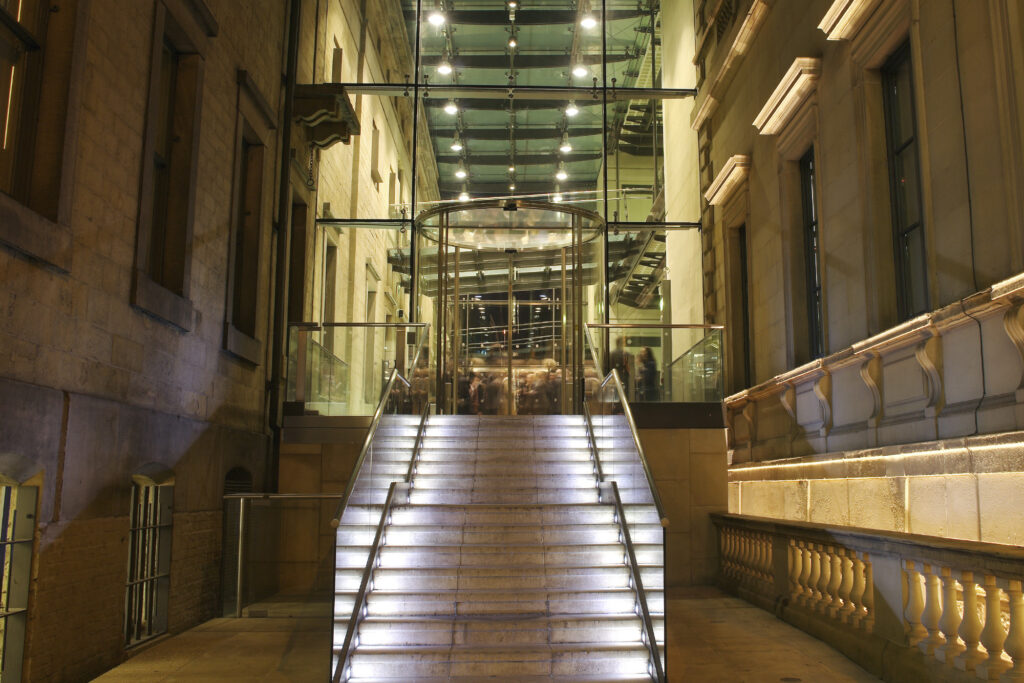
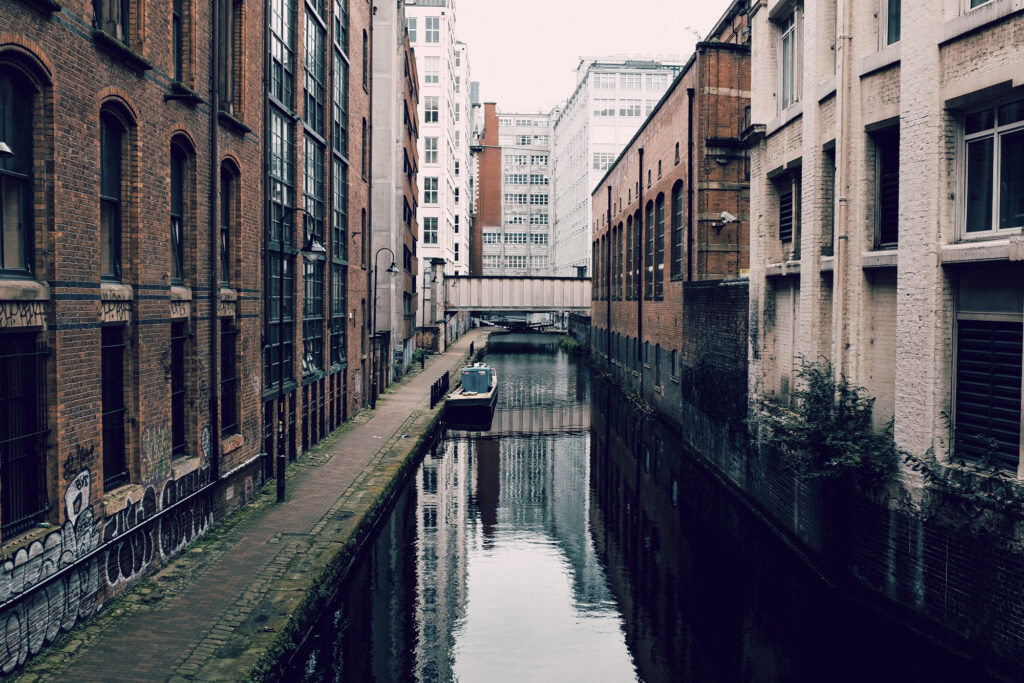
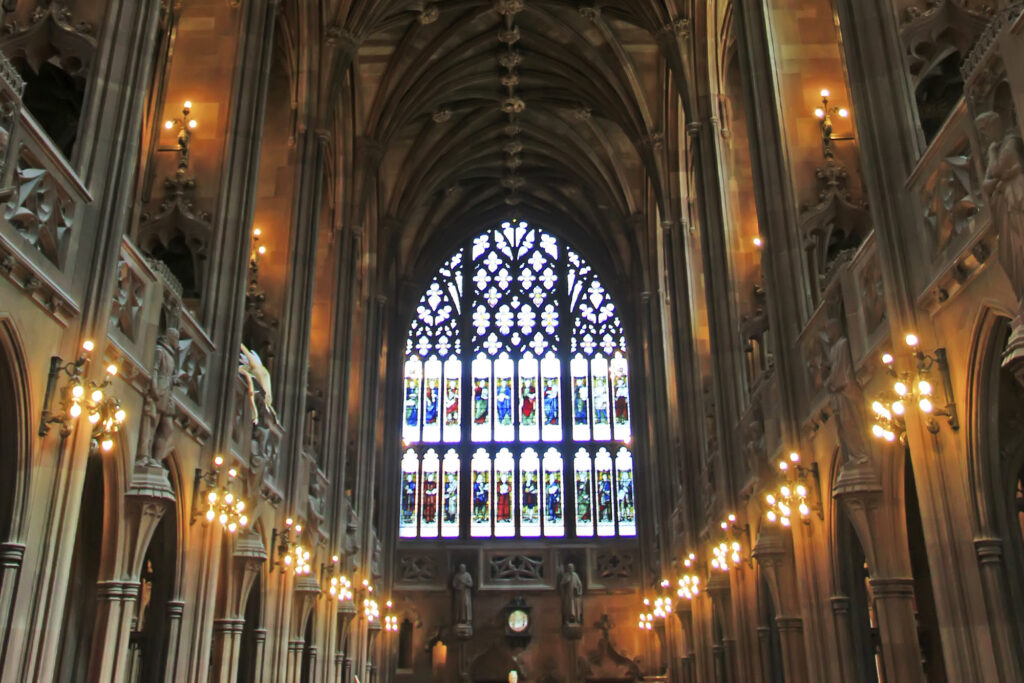
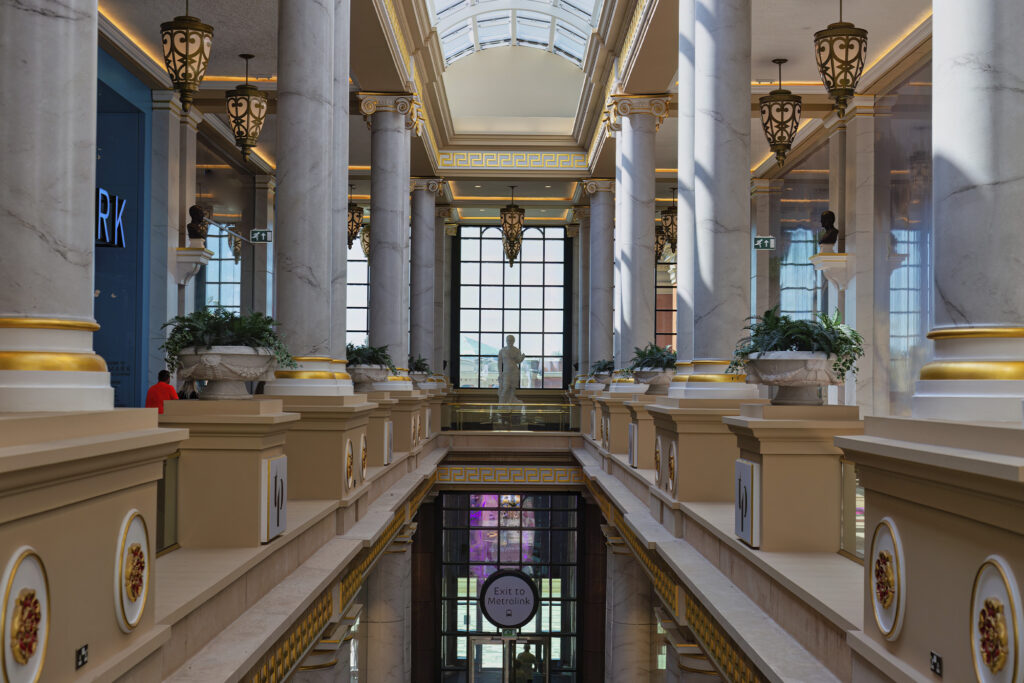
Look at a map. The inspiration for the layout must’ve come from a plate of spaghetti. So, the enormity of these edifices is charmingly enhanced by their higgledy-piggledy sprawl. Wander the streets and prepare to be continually pleasantly accosted by funky old buildings, some of which date back hundreds of years — and sometimes hundreds of years between themselves.
Example? In the centre of town, there’s a boxy modern shopping centre across from a Victorian flat iron, which flanks the 16th century Old Wellington pub. So a physical essay displaying nearly 600 years of construction is capturable in a single photograph. Would urban planners be aghast or agape?
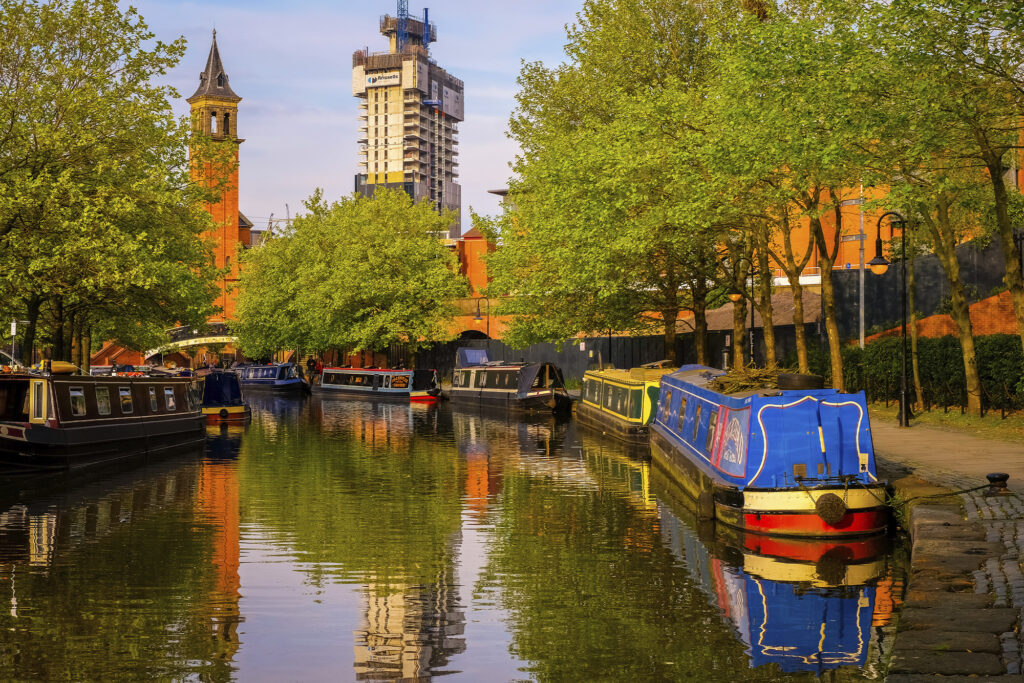
And did we say floating, above? Keep looking at that map. You’ll notice Manchester is landlocked. So, in the late 18th century, wealthy industrious merchants built canals, connecting it to Liverpool, a major seaport. By the 1890s, they’d dreamed big and dredged a deep sea ditch to rival Panama’s, allowing full-size ships 35 miles inland.
All these many canals have long since been converted into walking/running/cycling paths. Enjoy the walks like a local.
3. L.S. Lowry: A Curious Artistic Enigma
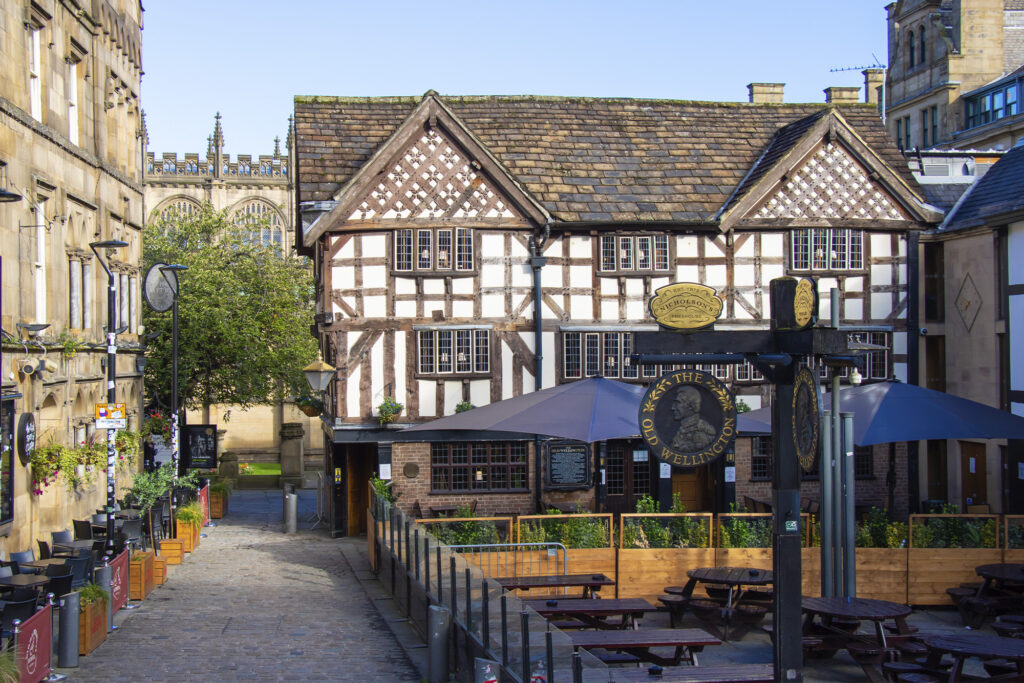
L.S. Lowry was a painter who depicted the brutality of industrial life in the English north — but with the kindliest, sweetest human views of its working people. The scenes are deceptively simple, often as busy as a Where’s Waldo exercise, but the eye instinctively knows where to go. It’s fantastic.
The L and S stand for Laurence Stephen. Imagine. What criminal parenting to saddle a child with the name Larry Lowry! (It’s nearly as bad as Tommy Thompson.) Hence the use of initials.
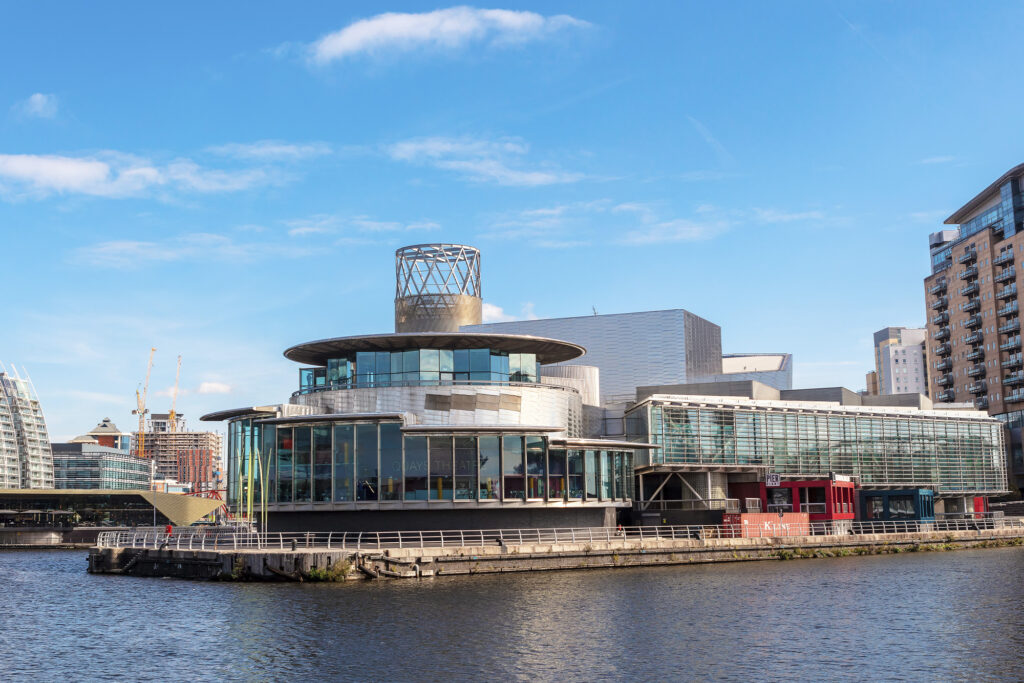
Such a prolific, singular folk painter must’ve been self-taught, right? Wrong. Given the working-class and anti-capitalist subject matter of his output, you’d think Lowry was from the mean streets of early 20th-century Salford (picture Coronation Street and now remove the glamour).
But Lowry was actually middle-class, well educated at art schools and, according to Christies Auctioneers, studied under master French Impressionist Adolphe Valette. He wasn’t even a fulltime painter; he spent his adulthood as a rent collector. Which may not jibe with modern views of anti-capitalism but, hey, everybody’s gotta eat.
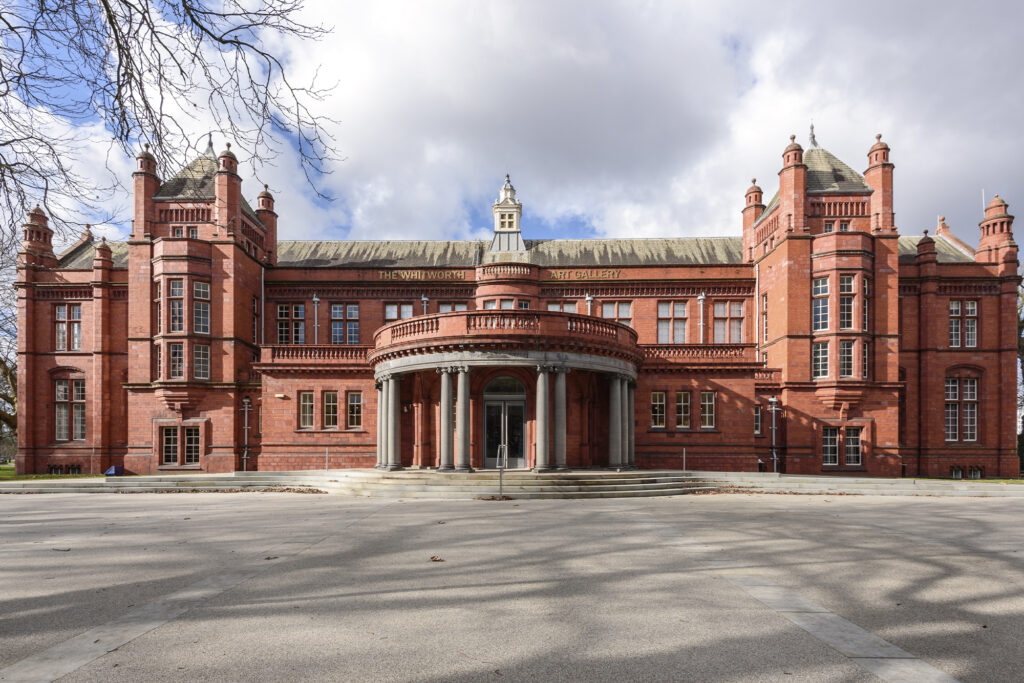
Lowry collections grace many of Manchester’s museums and galleries. Starved for time? A major arts centre named, of course, The Lowry features a free and brilliantly curated collection. It’s located at the Quays, a cultural hub built in time for the 2002 Commonwealth Games, like Vancouver’s Canada Place. The Lowry stands beside The Imperial War Museum North, designed by Starchitect Daniel Libeskind.
Give yourself at least half a day in this outpost, a half-hour’s tram ride from the centre of town. The Quays has plenty of dining and drinking options. Speaking of which.
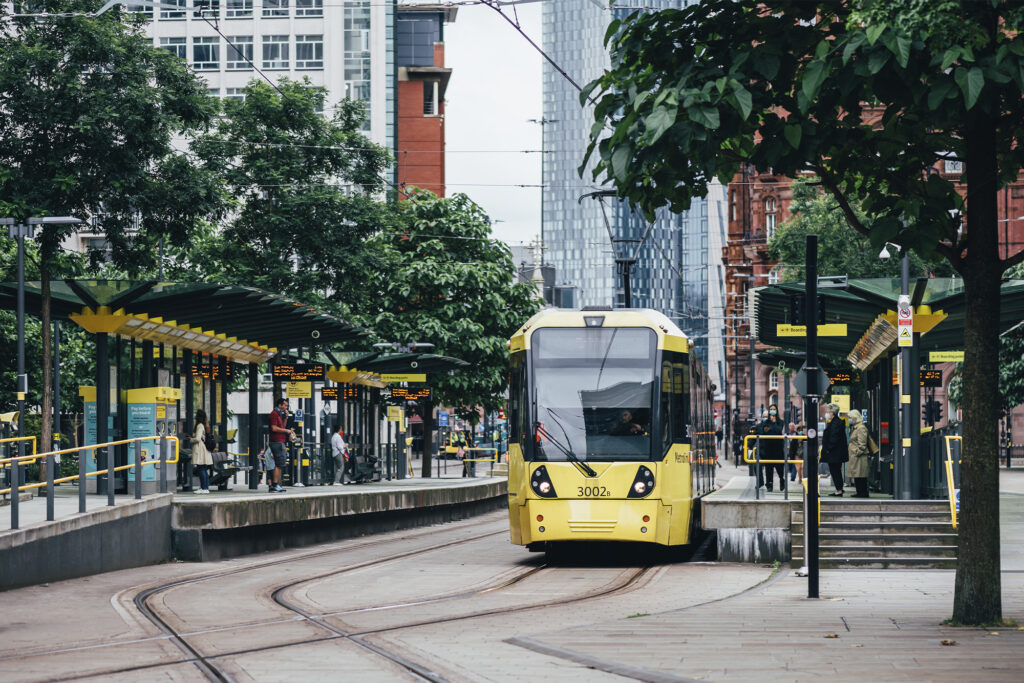
4: Eating & Drinking… & More Drinking
After centuries of seafaring trade and domestic industry (not all of it benign, but let’s not turn this into a diatribe) modern Manchester celebrates its diversity. So you win at the dinner table. On our first night in town, we ate excellent and cheap Cantonese food in the old-school, cartoonish China town.
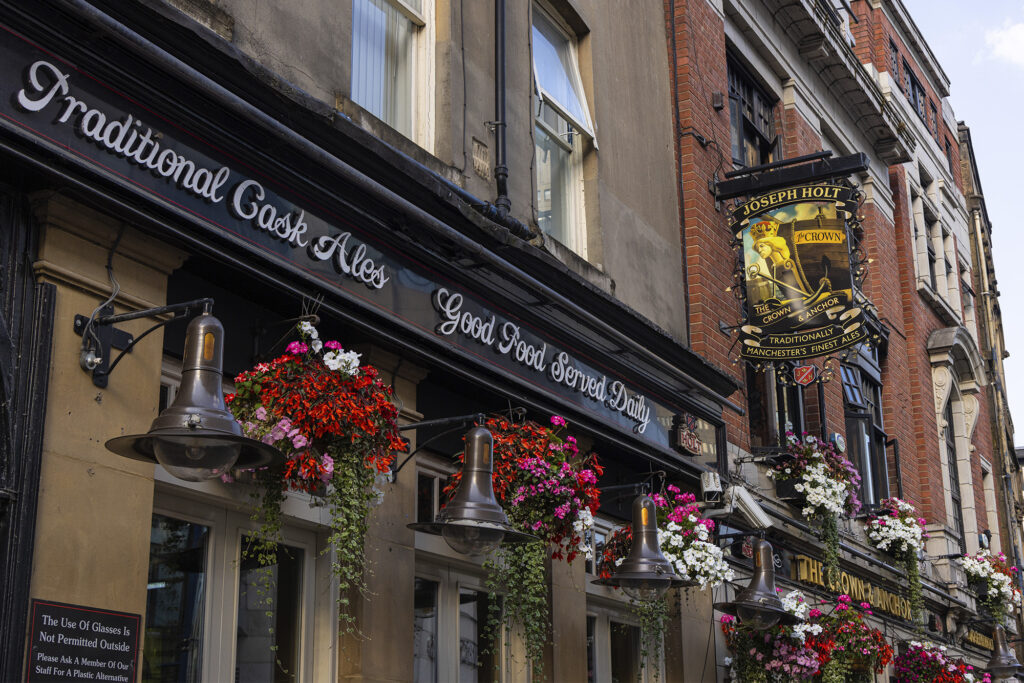
Remember, this is England. So you must have a curry. Next evening we enjoyed a nouveau-cuisine twist on traditional Anglo-Indian foods with fiery peppers and rich stews. It wasn’t cheap but the mulligatawny soup that was unlike any I’ve enjoyed over decades of visiting different subcontinental eateries in east Toronto, Scarborough and Brampton, Ontario.
And, this being England, you must get to an olde quainte pub. During your wander along the canals, you’ll discover plenty. Several sprawl along the docks, capable of hosting scores of thirsty drinkers and diners. If the weather is sucking, as it often does, several accommodate nearly as many guests inside. Yet, somehow, they retain their charm.
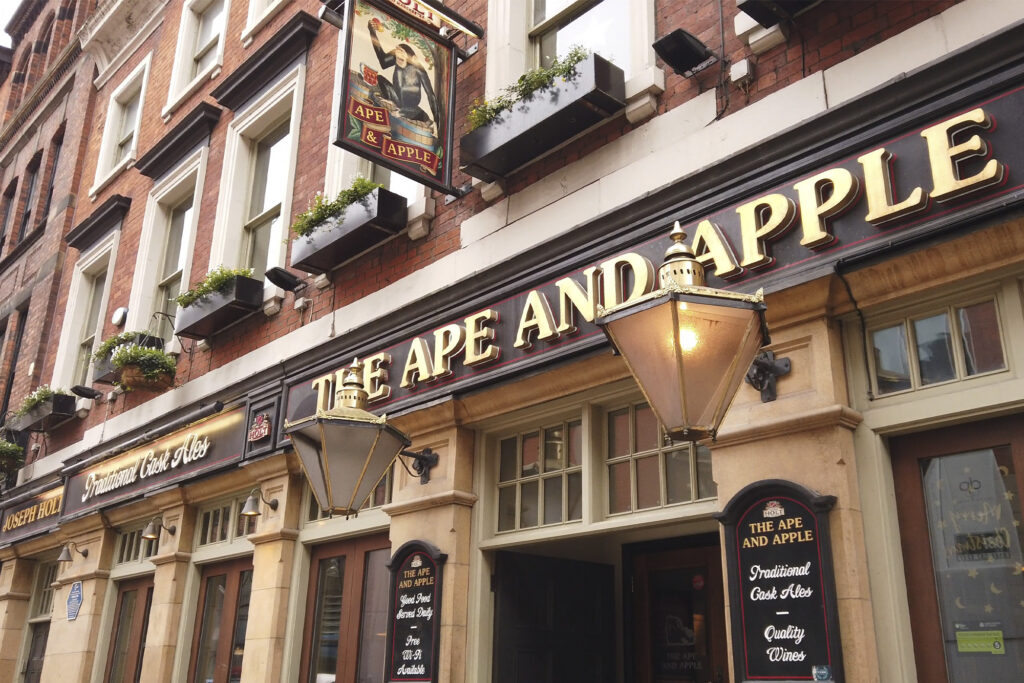
British people have always been fascinated with America and, in the centre of town, you can find surprisingly good barbecue too. They’ve also embraced the designer burger culture that you’ll find near every university in the world. Stacked with all sorts of foods, the burgers are the size of your head. Consider taking your canal-side walk after.
4.5: Soccer (Which We’ll Call Football Herein)
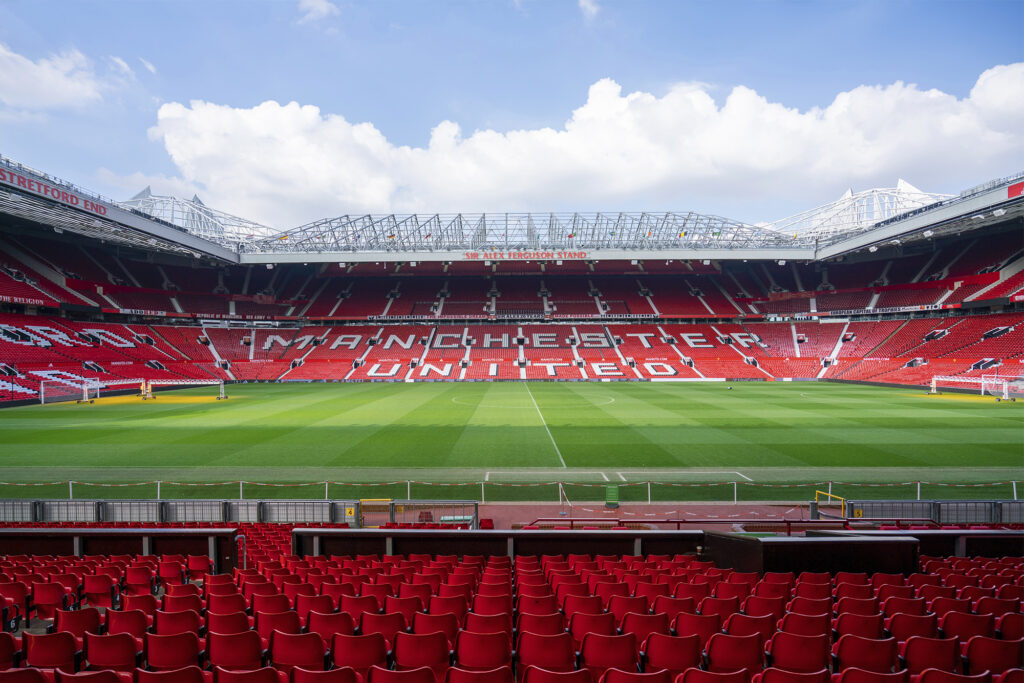
Writing about modern Manchester without mentioning football is like visiting Liverpool and ignoring Beatles lore or avoiding Manhattan while in NYC. Trouble is, I don’t know squat about football except that people in the UK won’t call it soccer without a disdainful tone. (They don’t see the humour in Ted Lasso much either.)
If you’re a sporting sort of chap, you probably already know how inextricably Manchester’s teams and civic identity are tied. And if you’ve searched any sites about what to do in this town, you’re already steeped in the folklore surrounding the Old Trafford and Etihad stadia. You probably also know they offer tours.
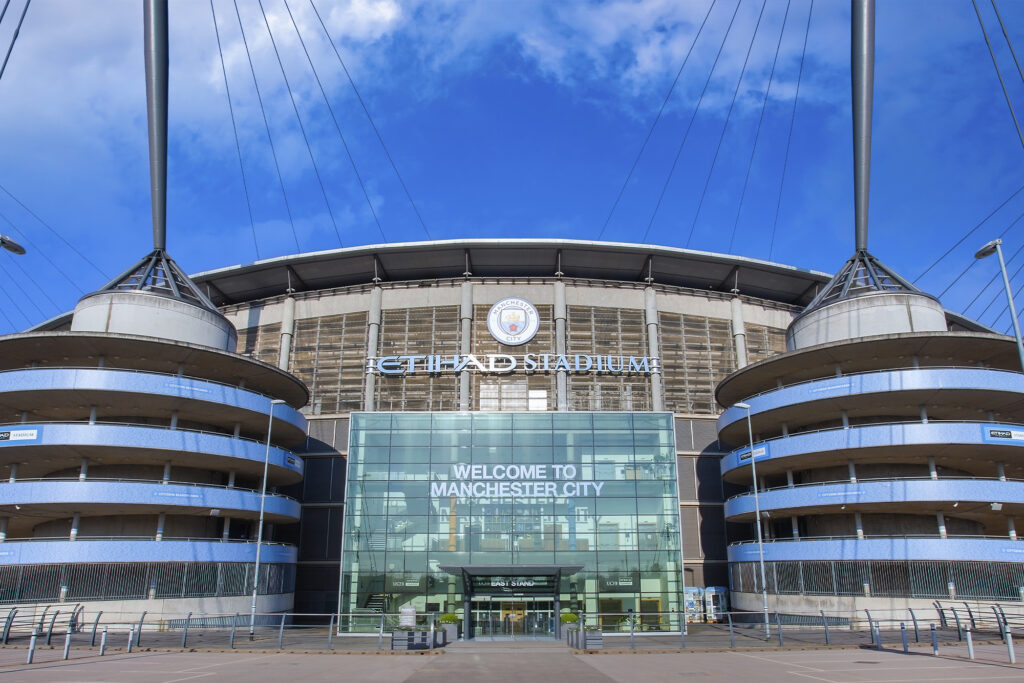
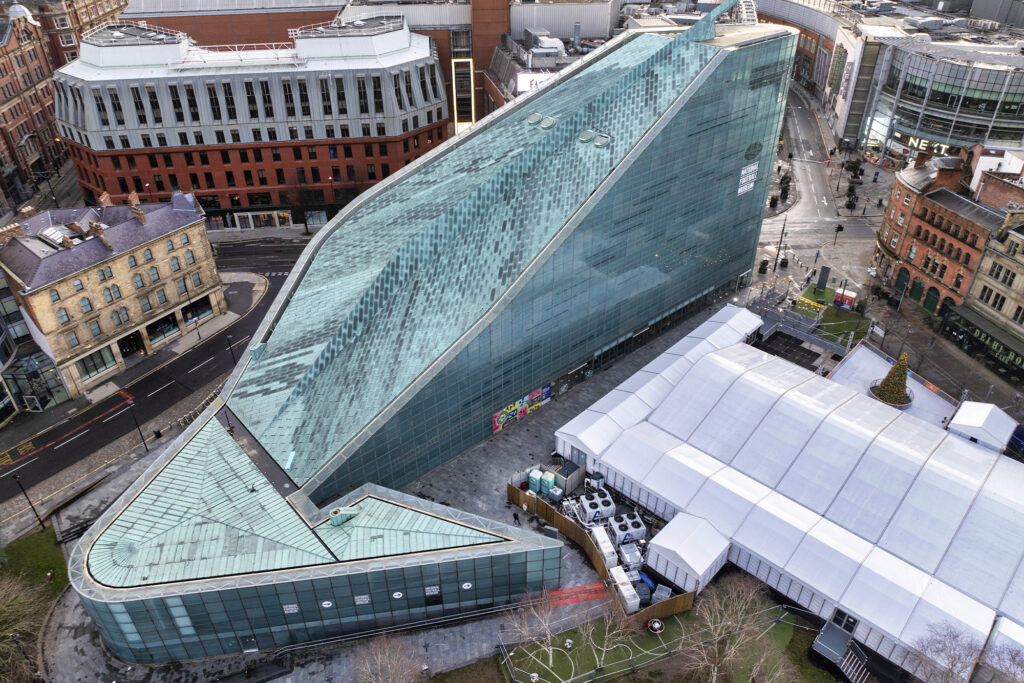
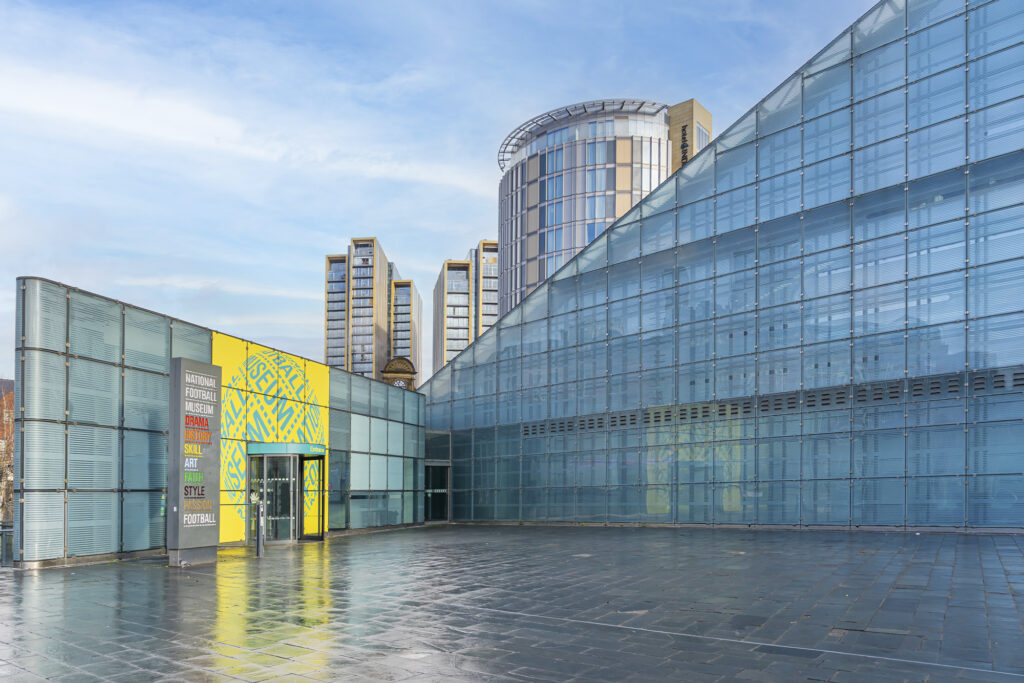
But did you know about the National Football Museum? A vast glass and steel triangle, it’s meant to mimic the shape of a football boot. Appropriately, it flanks the Manchester Cathedral, an ancient monument to England’s other national religion.
*If you’ve ever seen Hair, good luck getting the song out of your head before your next full night of sleep.

